New research focused on the quantum structure of elements under extreme conditions has implications for understanding Earth’s evolution, interpreting unusual seismic signals, and even the study of exoplanets for insights into habitability.
Tag: X-ray science
Using artificial intelligence, Argonne scientists develop self-driving microscopy technique
Argonne researchers have tapped into the power of AI to create a new form of autonomous microscopy.
Nina Andrejevic creates better tools to quickly characterize materials
Understanding big datasets requires better analytical models, says the Maria Goeppert Mayer Fellow.
SLAC fires up the world’s most powerful X-ray laser: LCLS-II ushers in a new era of science
The newly upgraded Linac Coherent Light Source (LCLS) X-ray free-electron laser (XFEL) at the Department of Energy’s SLAC National Accelerator Laboratory successfully produced its first X-rays, and researchers around the world are already lined up to kick off an ambitious science program.
Angel Garcia-Esparza wins 2023 Spicer Young Investigator Award for studying catalysts in action
Angel Garcia-Esparza wins 2023 Spicer Young Investigator Award for studying catalysts in action. The award is part of SLAC SSRL’s annual users’ meeting in September.
Argonne researchers receive funding to build research capacity at historically underrepresented institutions
The U.S. Department of Energy (DOE) announced $37 million in funding for 52 projects to 44 institutions which include Argonne projects. The funding will help build research capacity, infrastructure and expertise at institutions historically underrepresented.
Researchers use Argonne X-rays to find the best antibodies
Antibody therapies are only effective if the antibodies do what we want them to do. This research can help scientists determine if an antibody is likely to stick to something other than the intended target, which should lessen the amount of time wasted with overly sticky antibodies.
Rising “snow” deep in the Earth
Researchers have gained important insights about mysterious structures 1,800 miles below the Earth’s surface—and how they may be connected to volcanoes.
Ready, set, upgrade: Advanced Photon Source’s overhaul is underway
The Advanced Photon Source at Argonne National Laboratory is beginning the installation phase of an upgrade that will enable new breakthroughs in a variety of sciences.
Study reveals workings of promising Copper deficiency drug
Research at Argonne National Laboratory’s Advanced Photon Source has revealed a key mechanism behind a promising drug for copper deficiency disorders.
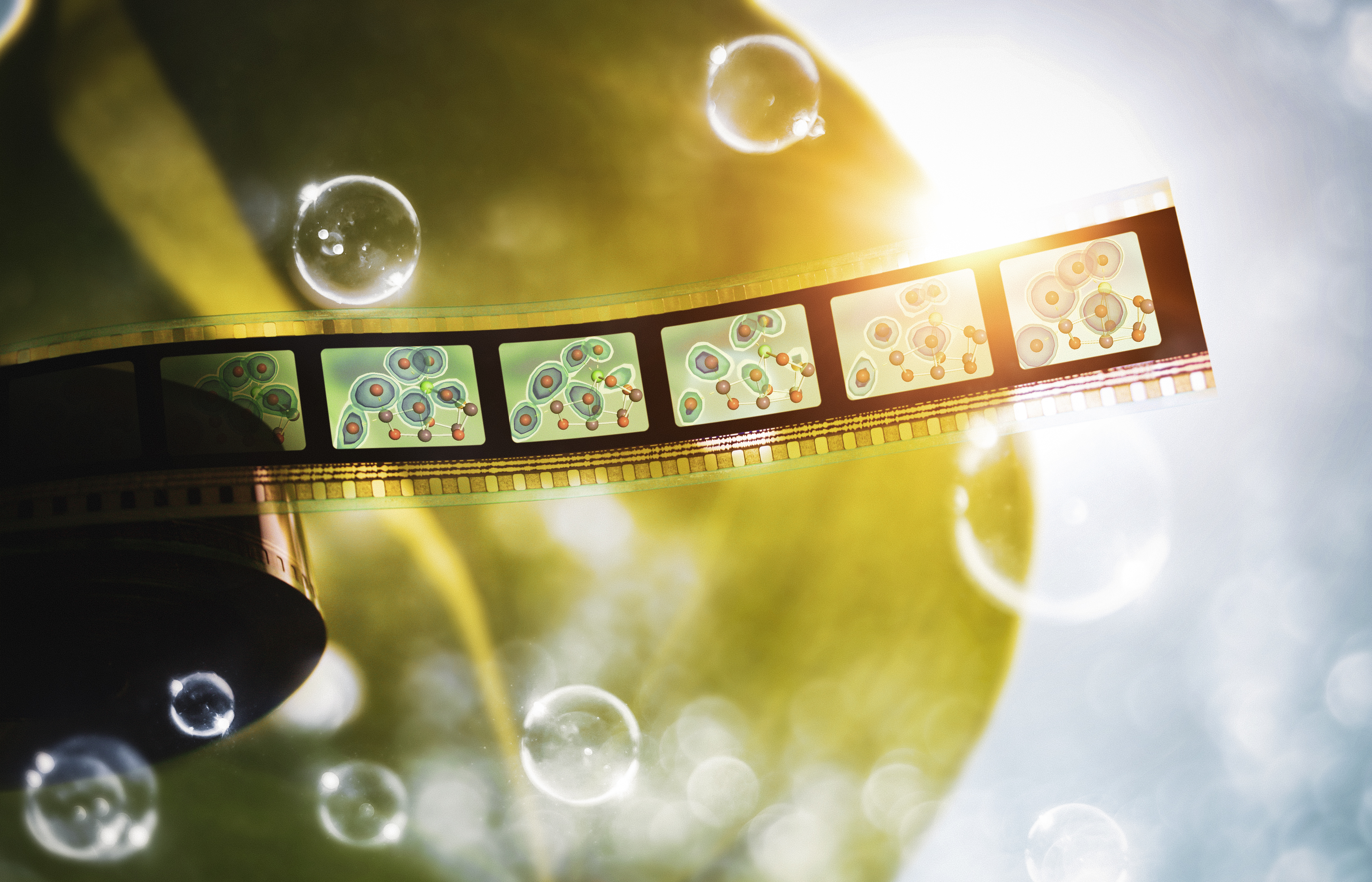
Researchers capture elusive missing step in the final act of photosynthesis
Photosynthesis plays a crucial role in shaping and sustaining life on Earth, yet many aspects of the process remain a mystery. One such mystery is how Photosystem II, a protein complex in plants, algae and cyanobacteria, harvests energy from sunlight and uses it to split water, producing the oxygen we breathe. Now researchers from the Department of Energy’s Lawrence Berkeley National Laboratory and SLAC National Accelerator Laboratory, together with collaborators from Uppsala University and Humboldt University and other institutions have succeeded in cracking a key secret of Photosystem II.
Cai wins 2023 Gopal K. Shenoy Excellence in Beamline Science Award
Zhonghou Cai is the 2023 recipient of the Gopal K. Shenoy Excellence in Beamline Science Award. The annual award recognizes active beamline scientists at the Advanced Photon Source for significant contributions to research or instrumentation and support of the beamline user community.
Bright lights, big data: how Argonne is bringing supercomputing and X-rays together for scientific breakthroughs
Argonne’s newest supercomputer, Polaris, is up and running, and scientists using the Advanced Photon Source are already seeing faster data analysis. While the combination is paying dividends now, it points toward an upgraded APS and an even better supercomputer called Aurora.
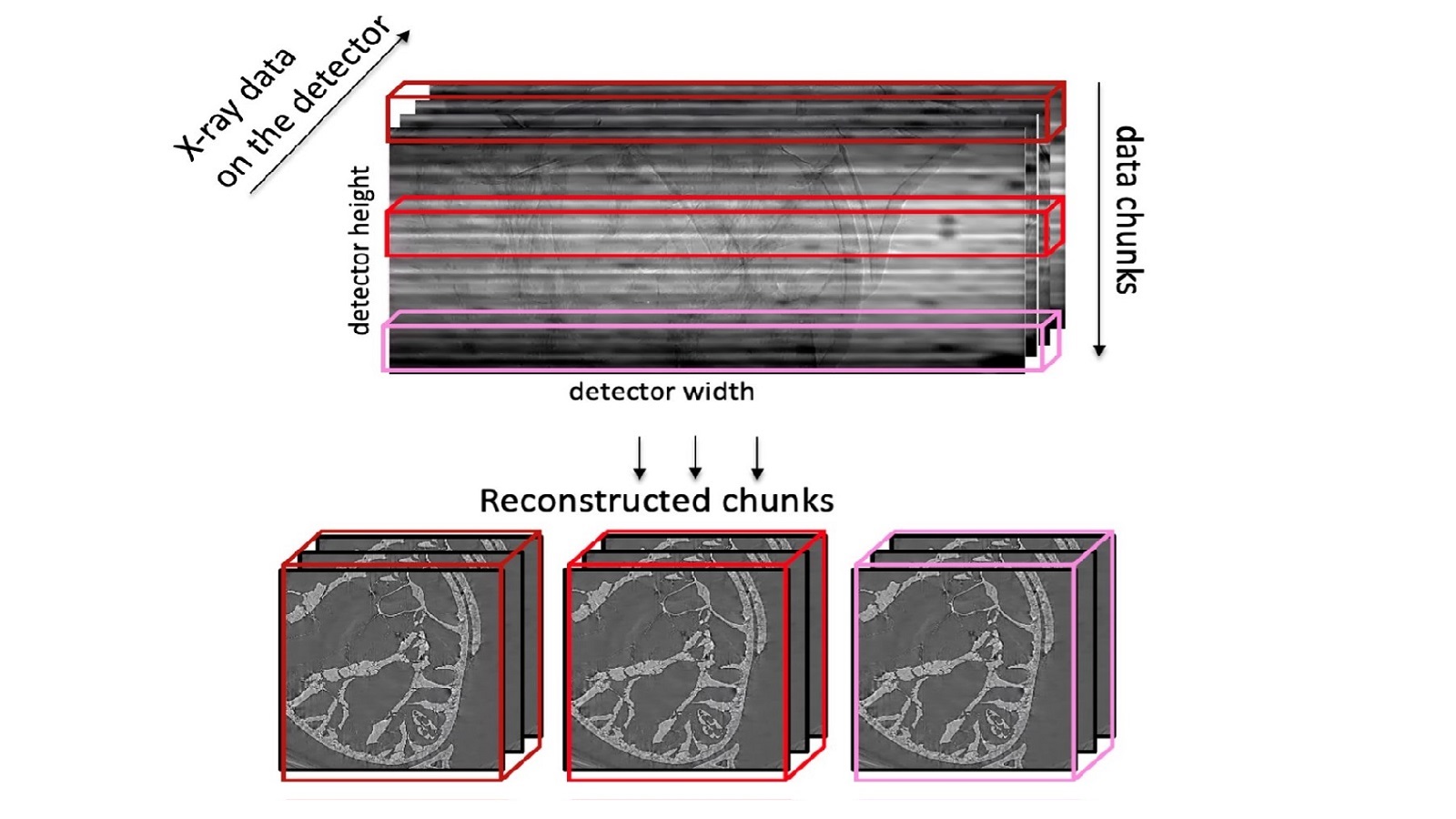
Argonne scientist develops new X-ray data reconstruction method
A new software package developed by Argonne will help scientists reconstruct data from X-ray tomography experiments at the Advanced Photon Source up to 30 times faster than current methods.
Argonne announces 2022 Postdoctoral Performance Awards
Nine postdoctoral appointees were recognized with Postdoctoral Performance Awards.
Secrets from space: Advanced Photon Source helps illuminate the journey of a 4 billion-year-old asteroid
An international collaboration of scientists has published results of their studies into the makeup and history of asteroid 163173 Ryugu. These results tell us more about the formation of our solar system and the history of this nearby neighbor.
SLAC expands and centralizes computing infrastructure to prepare for data challenges of the future
A computing facility at the Department of Energy’s SLAC National Accelerator Laboratory is doubling in size, preparing the lab for new scientific endeavors that promise to revolutionize our understanding of the world from atomic to cosmic scales but also require handling unprecedented data streams.
Six ways the Advanced Photon Source is making the world better
Pivotal discoveries at Argonne’s Advanced Photon Source make the world better every day. Here are six that help us, inspire us and add to the promise of a brighter tomorrow.
SLAC’s superconducting X-ray laser reaches operating temperature colder than outer space
Nestled 30 feet underground in Menlo Park, California, a half-mile-long stretch of tunnel is now colder than most of the universe. It houses a new superconducting particle accelerator, part of an upgrade project to the Linac Coherent Light Source (LCLS) X-ray free-electron laser at the Department of Energy’s SLAC National Accelerator Laboratory.
SLAC’s Panofsky fellows talk about what makes their research so exciting
Among the many scientists who push the frontiers of knowledge at the Department of Energy’s SLAC National Accelerator Laboratory, the Panofsky fellows stand out.

Latch, load and release: Advanced Photon Source helps reveal elastic motion that makes click beetles click
A new study examines the forces behind the quick energy release beetles use for propulsion and provides guidelines for studying extreme motion and energy storage and release in animals.
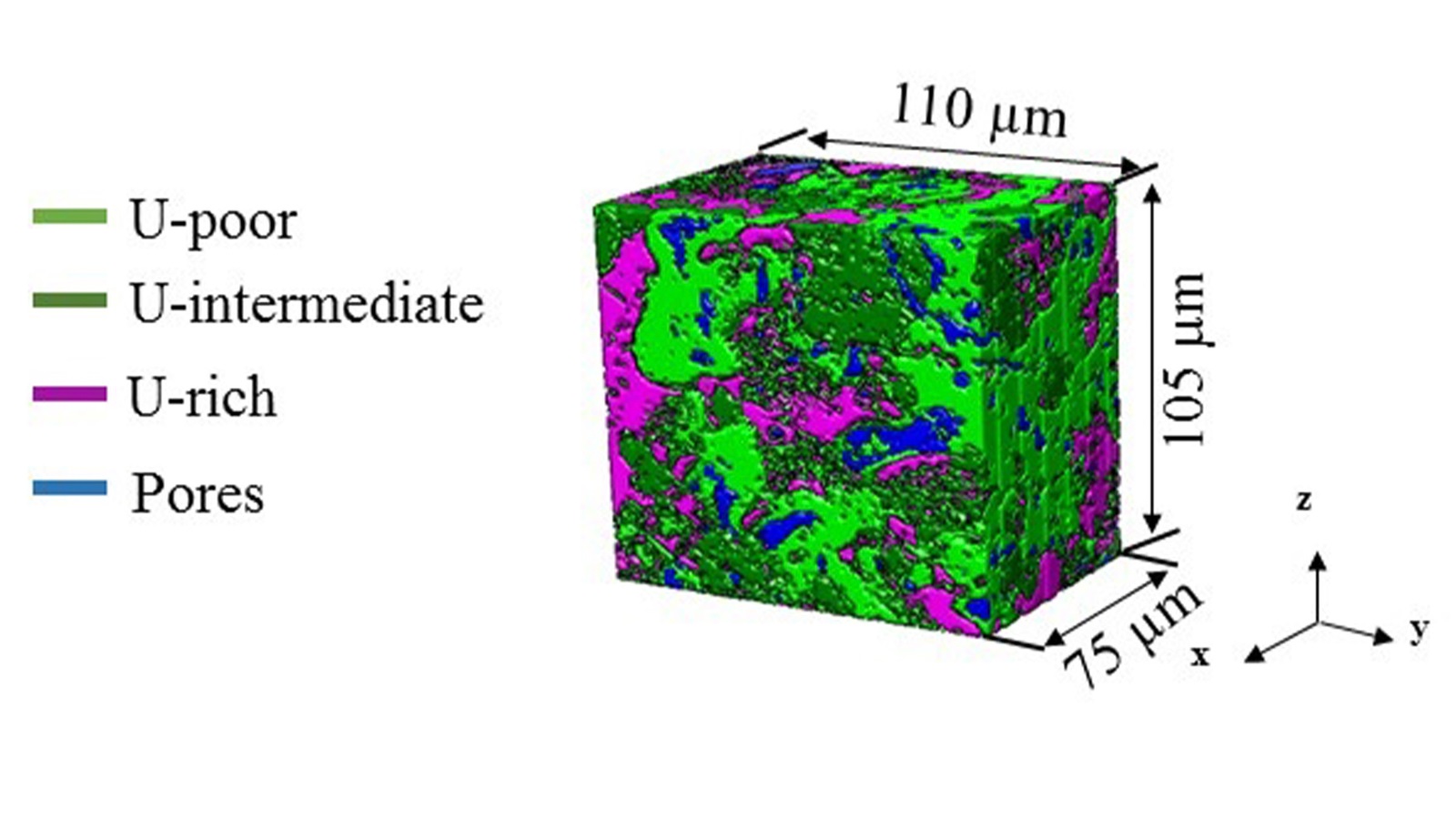
Scientists gain an unprecedented view of irradiated nuclear fuel
Researchers from Purdue University and Argonne National Laboratory have used intense X-rays to inspect irradiated nuclear fuel.
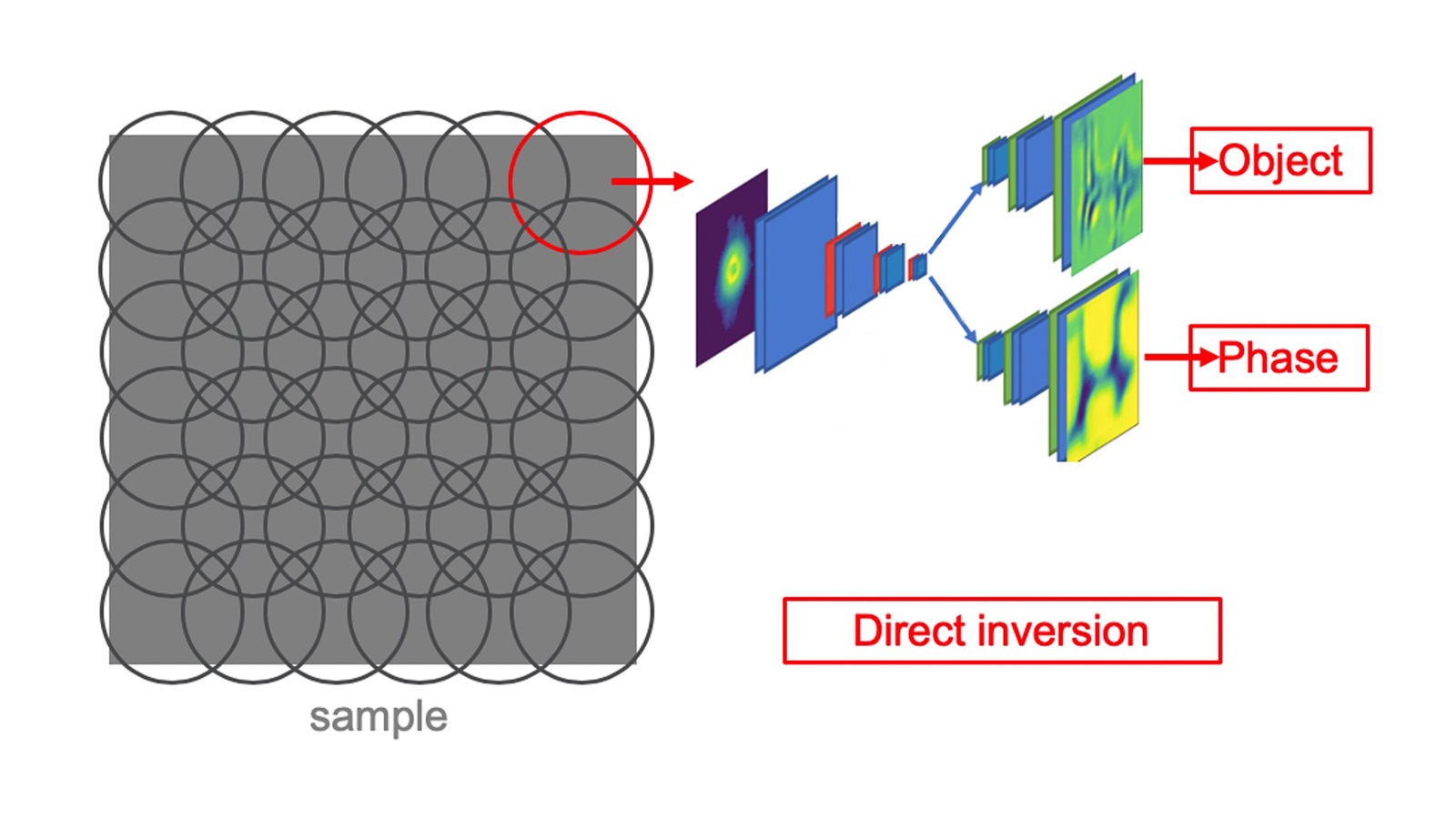
Using neural networks for faster X-ray imaging
A team of scientists from Argonne is using artificial intelligence to decode X-ray images faster, which could aid innovations in medicine, materials and energy.
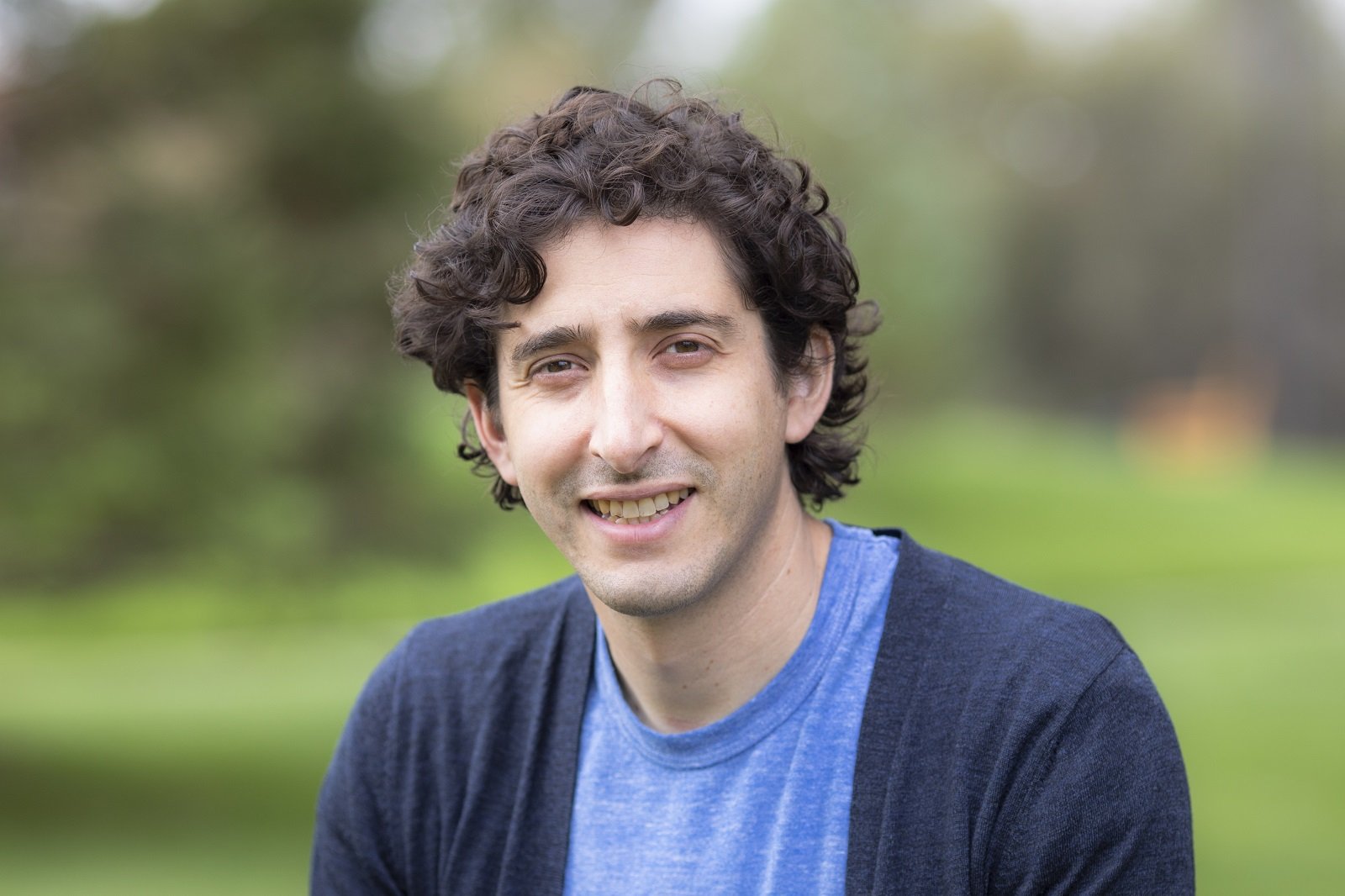
Q&A: How machine learning helps scientists hunt for particles, wrangle floppy proteins and speed discovery
At the Department of Energy’s SLAC National Accelerator Laboratory, machine learning is opening new avenues to advance the lab’s unique scientific facilities and research.
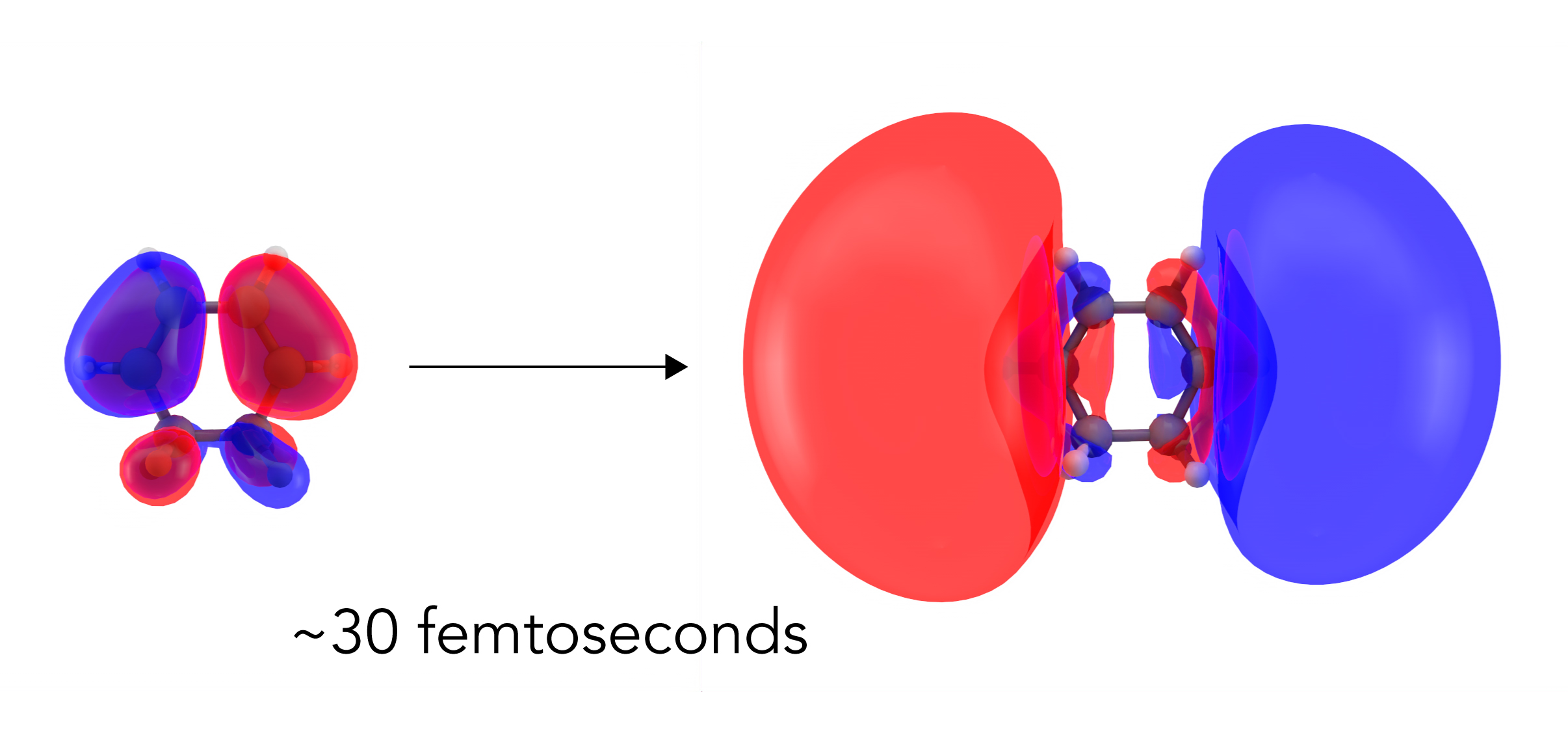
First direct look at how light excites electrons to kick off a chemical reaction
The first step in many light-driven chemical reactions, like the ones that power photosynthesis and human vision, is a shift in the arrangement of a molecule’s electrons as they absorb the light’s energy. Now scientists have directly observed this first step.
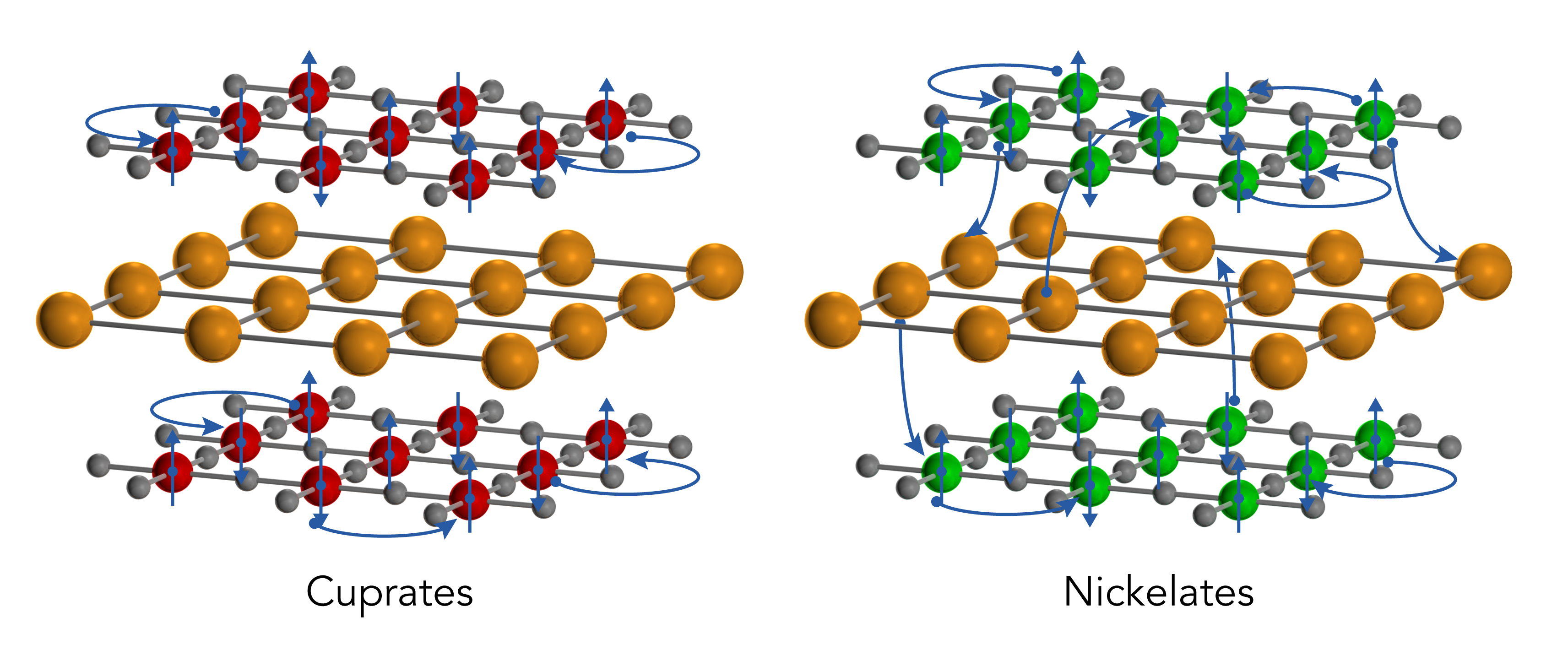
First detailed electronic study of new nickelate superconductor finds 3D metallic state
It represents an entirely new type of ground state for transition metal oxides, and opens new directions for experiments and theoretical studies of how superconductivity arises and how it can be optimized in this system and possibly in other compounds.
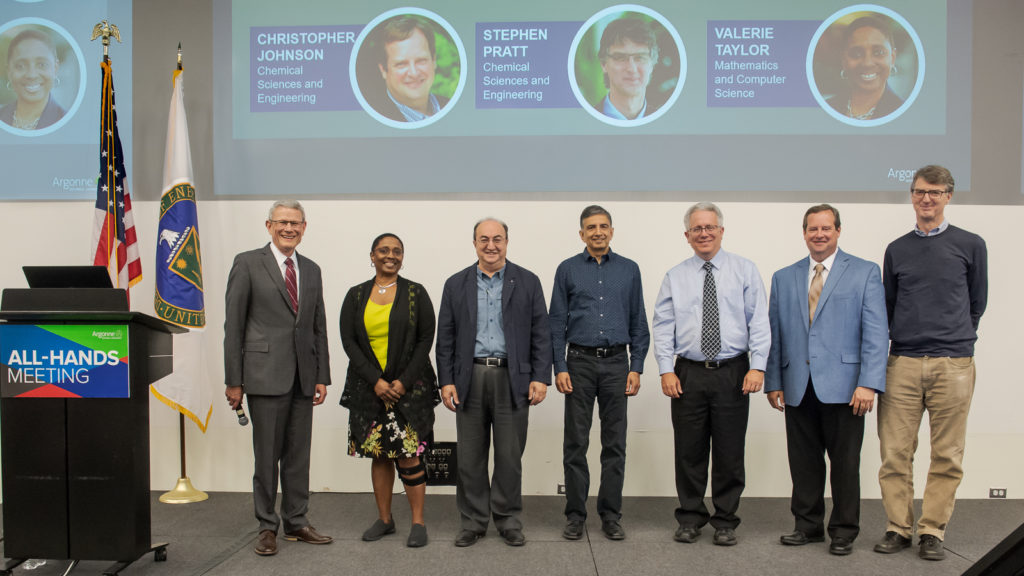
Six Argonne researchers recognized as 2019 Distinguished Fellows
Six leading researchers from the U.S. Department of Energy’s (DOE) Argonne National Laboratory have received international recognition in being named as Argonne Distinguished Fellows.